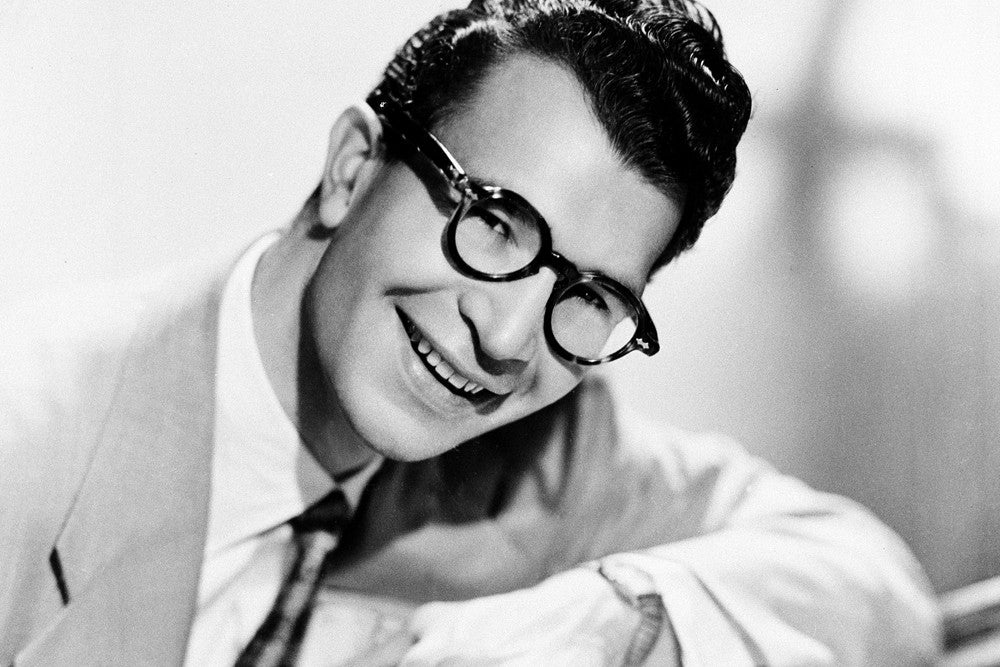He was a plodding pianist and a less inventive composer than many obits are suggesting. (It was his alto saxophonist Paul Desmond who wrote the biggest hit “Take Five” in 5/4 time, and while Brubeck wrote many pieces in more exotic times still, they didn’t swing or flow like Desmond’s.) Still, Brubeck was a colossal figure of modern jazz in many ways.
First, he was the most tireless ambassador in the State Department’s program to bring jazz to the rest of the world. The idea, dreamed up by Harlem Congressman Adam Clayton Powell, Jr., was to win the cultural Cold War: the Russians had the Bolshoi, which they sent out on comparable tours, but jazz exuded the freedom and verve of American democracy. This had consequences. When Brubeck and his band toured the Soviet bloc in 1958, thousands of young men and women—who would grow up to be the next generation’s reformers—greeted him wildly. When he returned to Warsaw nearly a half-century later, one of those greeters came up to him and said, “What you brought to Poland wasn’t just jazz. It was the Grand Canyon, it was the Empire State Building, it was America.”
Second, inspired by his college mentor, the adventurous classical composer Darius Milhaud, who taught him to write the music that he heard in life, Brubeck brought back the sounds and rhythms of foreign lands, infusing his own music with exotic flavors that helped make American culture, in the broadest sense, more cosmopolitan. The flipside of “Take Five,” “Blue Rondo a la Turk,” written in 9/8 time, is based on a street melody he heard on the streets of Istanbul. This was the beginning of “world music.”
Third, he popularized small-ensemble modern jazz. The single of “Take Five” and the album that included it, Time Out, were the first jazz records to sell more than 1 million copies. (Time Out is still the 2nd best-selling jazz album of all time, outgunned only by Miles Davis’ Kind of Blue.) And it sold so well because it exuded a fresh, progressive, inventive sound that meshed well with the sense of excitement, of the “countdown to tomorrow,” that pervaded American life on the eve of the sixties and the dawn of the space age. (Both Time Out and Kind of Blue were released in 1959.) As early as 1953, he and his wife, Iola, came up with the idea of touring college campuses, where his band’s brand of propulsive rhythms and cool intonations (Desmond likened his style of saxophone playing to a “dry martini”) appealed to young students who were appreciating, but not quite going so far as to join, the Beats. His appeal was so vast, he became the first jazz musician to appear on the cover of Time magazine. At the same time, his fame didn’t inflate his ego; he publicly expressed embarrassment that the honor hadn’t gone to the worthier Duke Ellington.
Fourth, Brubeck did as much as any cultural figure to liberalize American society. His quartet was one of the very few racially integrated small jazz bands. During one of his tours, the president of a Southern college refused to let the band perform because of it; Brubeck backed out of the concert, started packing up. The president, fearing backlash from his jazz-fan students, relented a little bit, saying they could play but only if the bass player—Eugene Wright, who was black—stood way at the back of the stage. When the concert began, Brubeck told Wright to play way up front. The students applauded wildly anyway.
Finally, I feel a personal link to Brubeck. One of his great albums was Live at Oberlin, which was also one of the first live jazz albums, was recorded in Oberlin College’s Finney Chapel in 1953. In 1973, as a sophomore at Oberlin, I saw Brubeck play at Finney in a concert celebrating the 20th anniversary of that concert—a great, boisterous evening—and, in 2003, one of my daughters saw him play in that same wonderful space in a celebration of its 50th anniversary. I also interviewed him for my 2009 book, 1959: The Year Everything Changed. He was, to me and by all accounts, an extremely generous, civilized man.
He recorded dozens of albums over the years. I would particularly recommend Live at Oberlin, the 1951 Stardust (which was almost avant-garde by the standards of the day), Jazz at Storyville (1952), Time Out, All the Things We Are (1974, with a young Anthony Braxton on saxophone!), and the elegiac Brubeck & Desmond 1975: The Duets.





